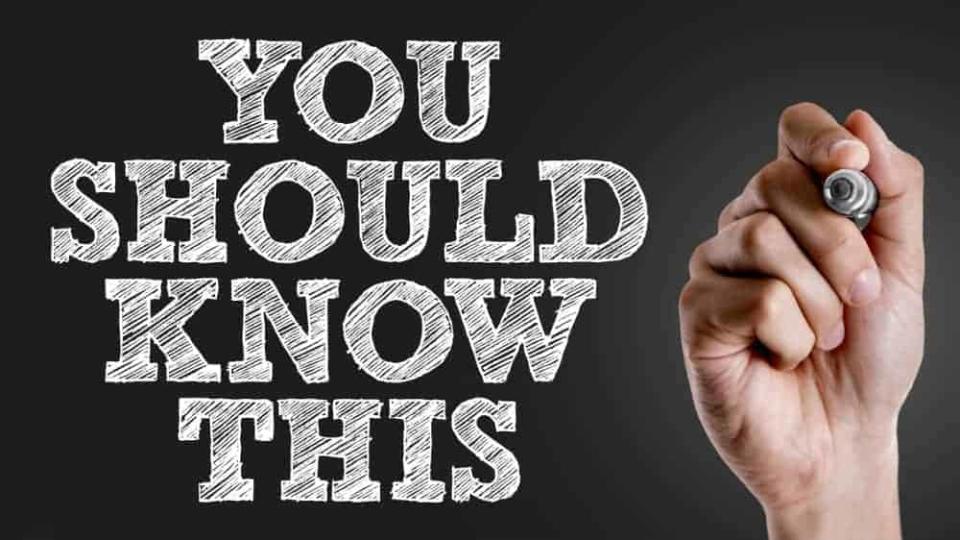CERB Is Taxable: Here’s How Much the CRA Can Tax Your $500/Week Benefit

The Canada Emergency Response Benefit (CERB) was introduced by the Government of Canada to help individuals impacted by the COVID-19 pandemic. The dreaded virus has hurt businesses and individuals alike. Due to countrywide lockdowns, businesses were shut, and consumer spending nosedived. This resulted in rising unemployment rates that now stand at a multi-year high of 13.7% for Canada.
The CERB is a financial measure that aims to provide a lifeline to unemployed Canadians. Eligible Canadians will be paid $500/week for a period of up to 24 weeks under the CERB. The Canada Revenue Agency (CRA) has processed 15.44 million CERB applications and paid $43.5 billion to eligible Canadians as of June 4, 2020.
The CERB was launched as a 16-week program, and these benefits have been extended to an additional eight weeks. This means eligible Canadians can receive up to $12,000 in total CERB payouts.
However, before you apply to this federal benefit, you need to know that the CERB is taxable by the CRA.
How do you calculate your tax rate on the CERB?
The CRA does not withhold taxes during disbursement. You need to include these payments when you calculate your tax for 2020. The amount of taxes paid on the CERB will depend on the total income earned in 2020.
Let’s assume you live in Ontario and have earned $46,000 in 2020 via employment income and an additional $12,000 via the CERB. This means your total income for 2020 stands at $58,000. According to the CRA, you will fall under two different provincial and federal tax brackets.
For the first $44,740 that you earn, the provincial tax rate for Ontario is 5.05%. Comparatively, the federal tax rate for the first $48,535 is 15%. This means you will be taxed 20.05%, or $8,970.37, on your first $44,740. For the next $3,795, the federal tax rate remains 15%, while the provincial tax rate is 9.15%. This means you will pay $916.5 in taxes for the second income block.
For the remaining $9,465, the federal tax rate is 20.5%, and the provincial tax is 9.15%, indicating a marginal tax rate of 29.65%. Here, your tax stands at $2,806.37 for the last block of earnings. The total taxes paid amount to $12,693.24.
If you want to determine the tax paid on the CERB, you need to use the highest marginal tax rate of 29.65%. This suggests you will pay the CRA $3,558 in taxes for CERB payments of $12,000. This is a basic computation of your tax rate and I have not included deductions like the RRSP.
Save on CRA taxes by investing in the TFSA
One way to lower your CRA taxes is by generating income in the TFSA (Tax-Free Savings Account). Withdrawals from the TFSA are exempt from CRA taxes, making it ideal to hold dividend-paying stocks such as Emera (TSX:EMA).
Emera stock is trading at a price of $53.47. It has a dividend yield of 4.6%. The total TFSA contribution limit stands at $69,500. So, if you invest this amount and buy Emera stock, you can generate close to $3,200 in annual tax-free dividend payments. Long-term investors can also benefit from capital appreciation. Emera shares have returned 34% in the last five years.
Emera is a Canada-based utility and energy giant with $34 billion of assets. It serves over 2.5 million customers in Canada, the U.S., and the Caribbean. Emera is part of a defensive industry that ensures a steady stream of cash flows, making a dividend cut unlikely.
If you hold Emera stock outside a TFSA, you will pay taxes on dividends. Further, dividend payments may also push investors into a higher tax bracket and increase your marginal tax rate. We can see why holding dividend stocks in a TFSA makes perfect sense.
The post CERB Is Taxable: Here’s How Much the CRA Can Tax Your $500/Week Benefit appeared first on The Motley Fool Canada.
More reading
Fool contributor Aditya Raghunath has no position in any of the stocks mentioned.
The Motley Fool’s purpose is to help the world invest, better. Click here now for your free subscription to Take Stock, The Motley Fool Canada’s free investing newsletter. Packed with stock ideas and investing advice, it is essential reading for anyone looking to build and grow their wealth in the years ahead. Motley Fool Canada 2020

 Yahoo Finance
Yahoo Finance 